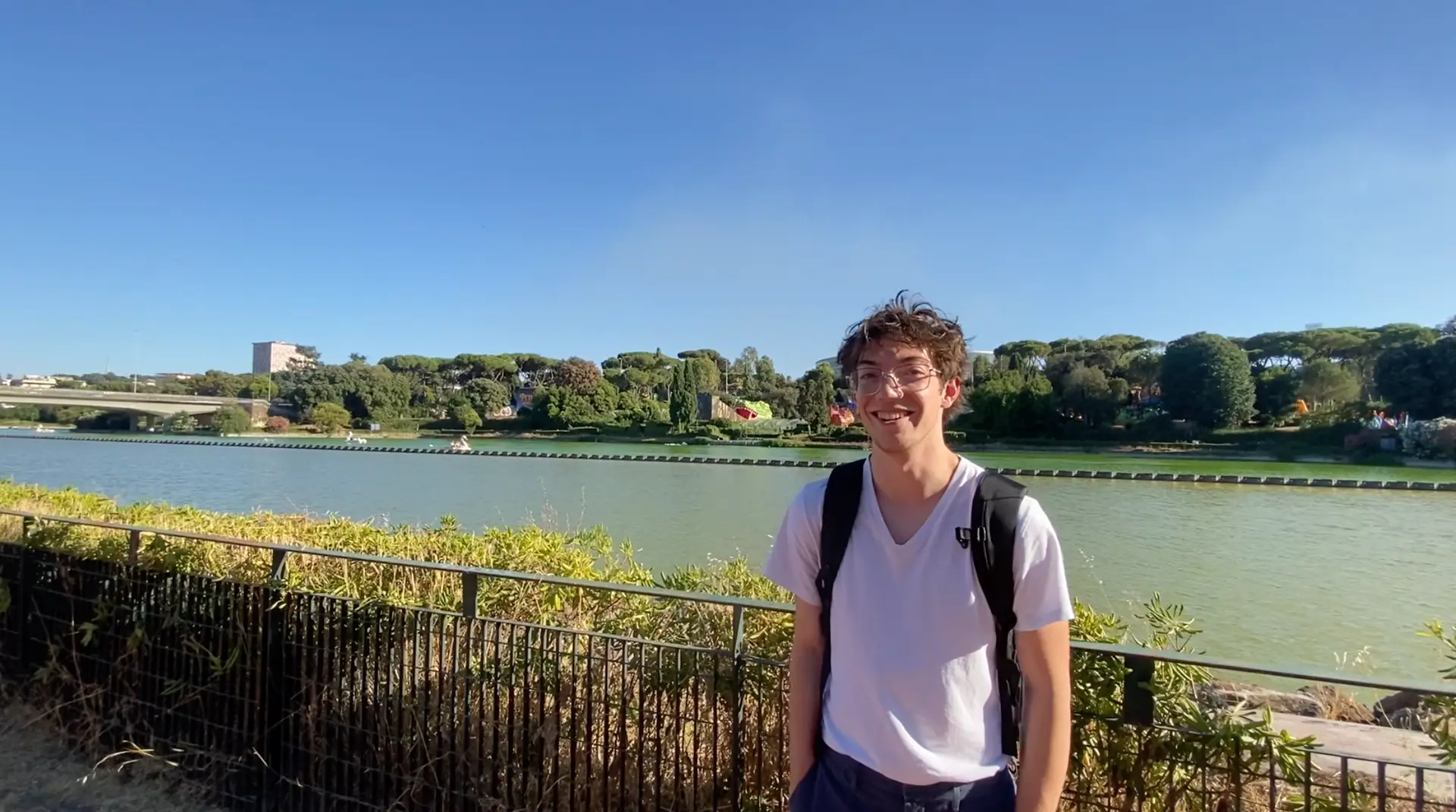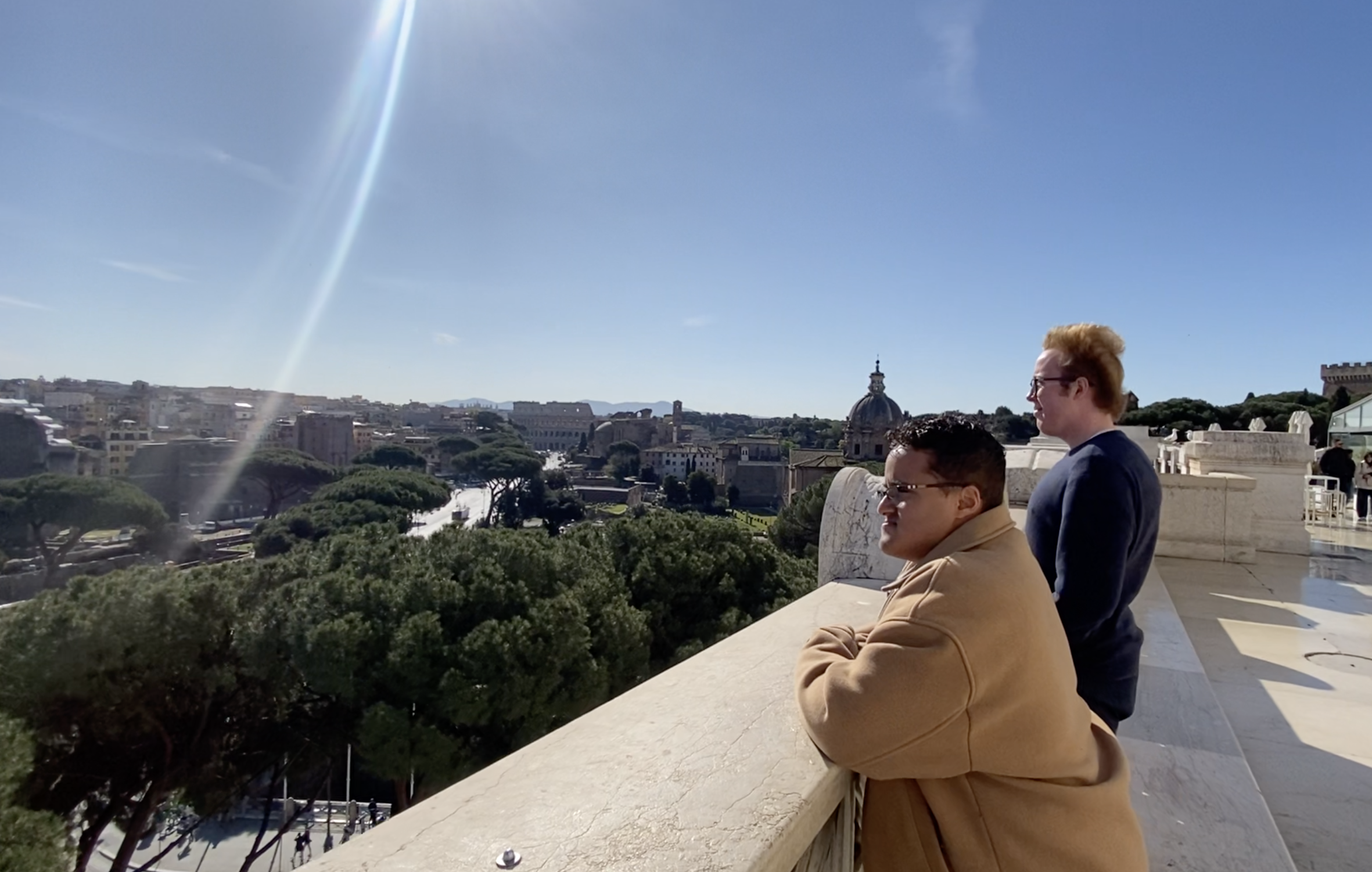Meet Natasha Meyer and Julia LoManto! Originally both from New York, these two 4th-year Penn State University architecture students are here in Rome this Spring 2025 studying at the Pantheon Institute. In this interview, Natasha and Julia share their perspective on architectural studies, study abroad, the value of living and learning in Rome, and what they’ve experienced so far this semester.
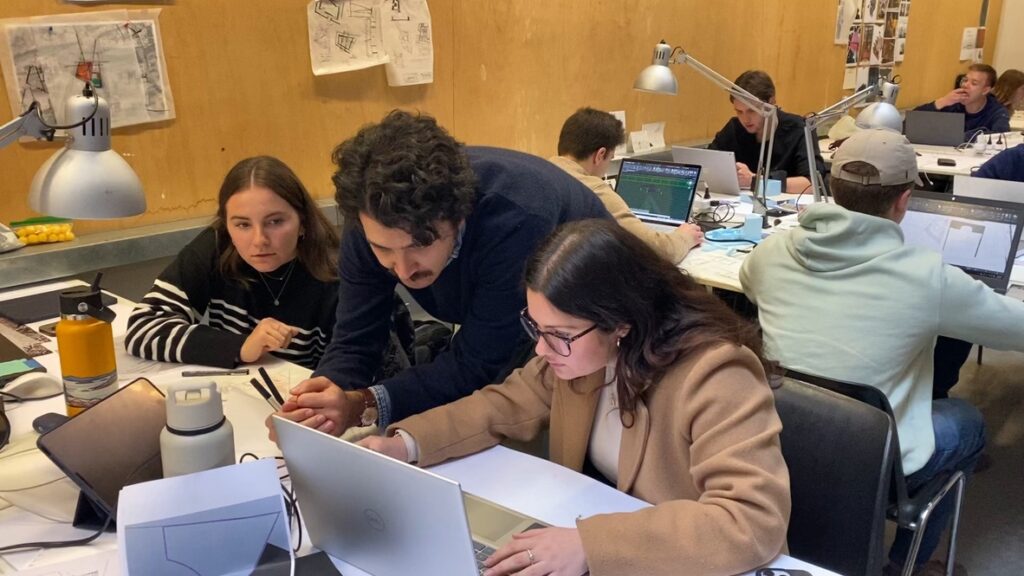
In Architectural Design Studio class with Professor Edoardo Cappella
Natasha and Julia decided to purse studying architecture due to their love of design and creatively using math, science, and art to solve problems. In this semesters’s Architectural Design Studio, Natasha and Julia are using their skills to design a temporary pavilion in Rome for the 2025 Jubilee celebration. Julia explains, “We’re making a structure that is monumental but also temporary which, I think here in Rome is quite interesting because everything here in Rome is so permanent. Everything has been here hundreds or thousands of years”.
Natasha and Julia have known they have wanted to study abroad in Italy for a long time. In fact, the Penn State Rome program at the Pantheon Institute was a huge reason for their decision to study at PSU. Originally meeting in their Freshman year, Natasha and Julia immediately knew that they would go to Rome together. Now, living, traveling, and studying in the Eternal City, both students realise how immersive the experience is. From navigating the Italian streets during Cartography class to cooking Italian food in their Nutrition and Culture class and even traveling all around Italy on the Academic Field Trips, the city of Rome and the entire Italian peninsula is a teaching tool used to expand their idea of culture, design, and the evolution of a built environment. In fact, experiential learning is a major teaching modality at the Pantheon Institute. Julia explains, “The entire semester we’re going on walks for Cartography and seeing different parts of Rome and going on different paths and learning new things every week about the city versus just looking at it all through a tourist lens from the beginning”.
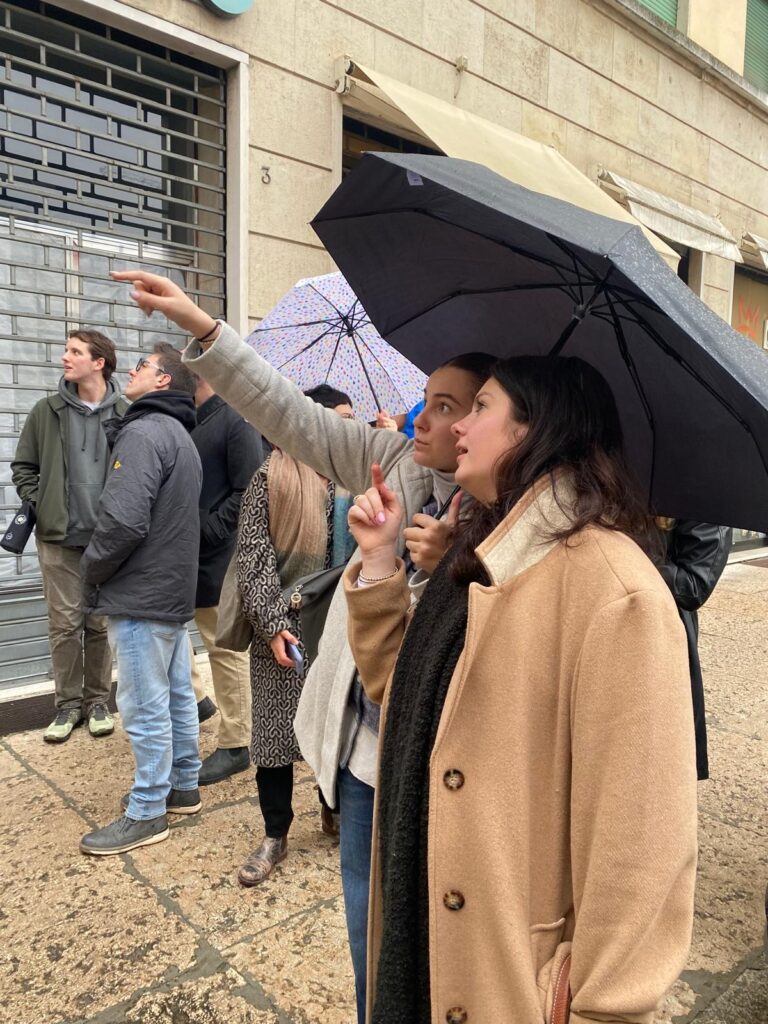
Natasha and Julia in Verona on an Academic Field Trip
"At the Pantheon Institute, and at Penn State, we learn how to hand-draw and bringing that back gives us a versatile range of tools to use as architects as we move forward instead of solely depending on AI". Natasha Meyer
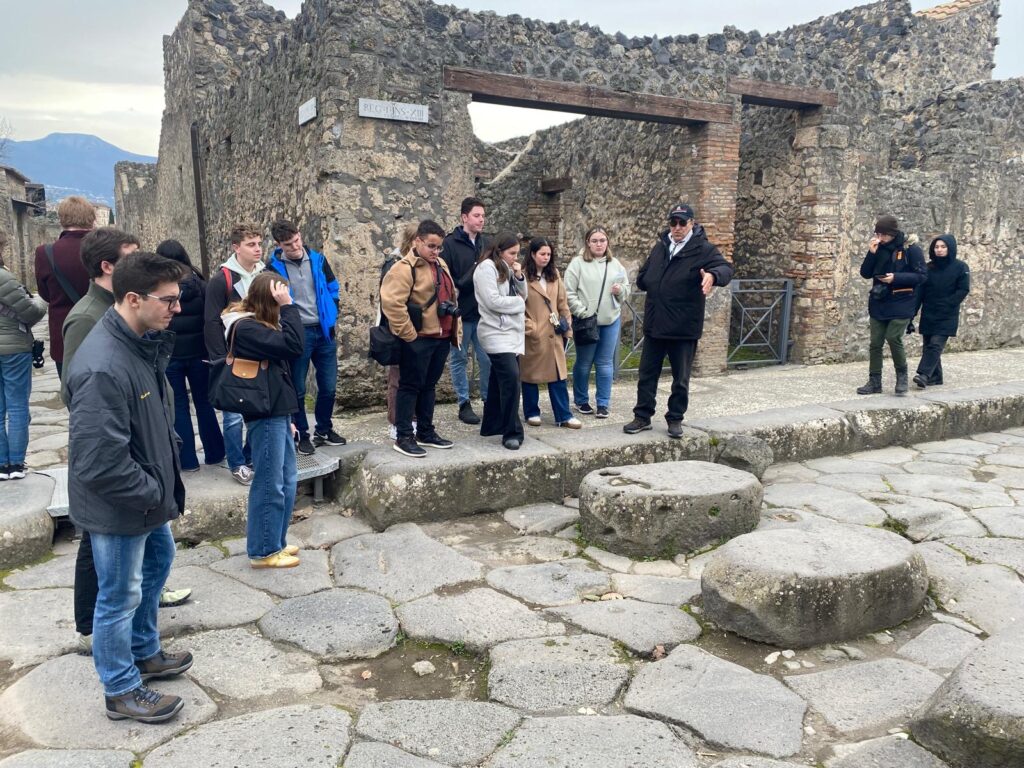
Touring Pompei with Professor Martemucci
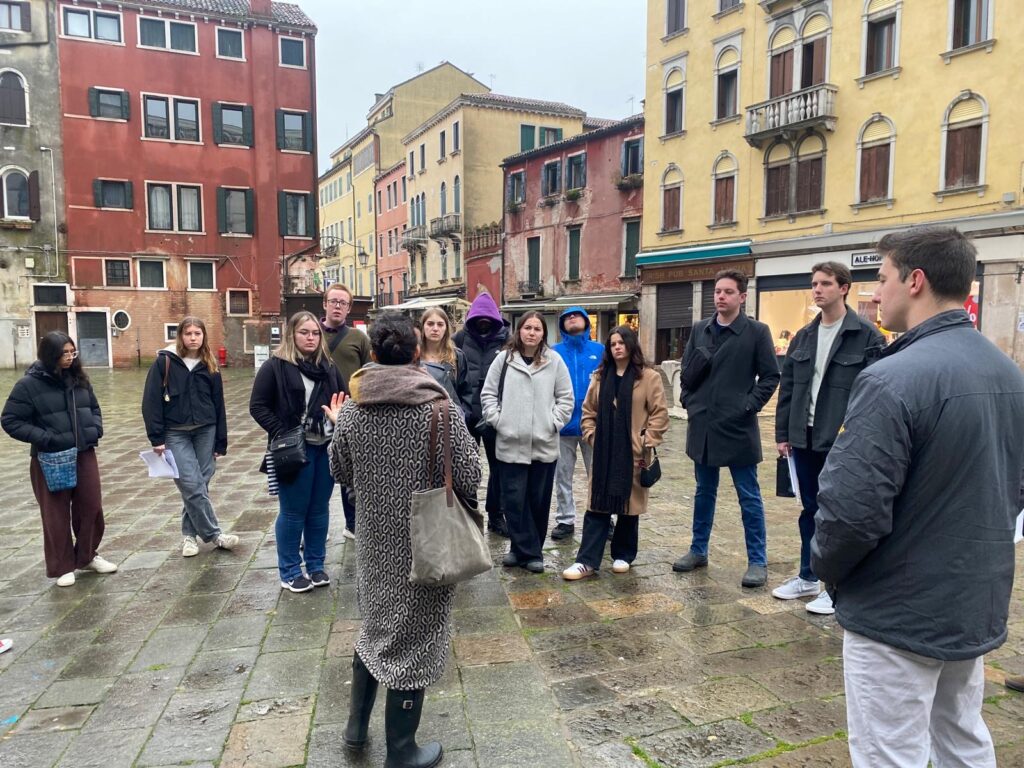
Listening to an onsite lecture from Professor Nannini in Venice
A critical component of the Pantheon Institute programming are the Academic Field trips. This Spring, Natasha and Julia traveled to Pompei, Paestum, Florence, Verona, and Venice with Professors Romolo Martemucci and Lavinia Nannini. The tour, expertly guided by Pantheon Institute faculty and staff, is meant to engage students with a variety of architecture and urban design that has not only transformed over hundreds and thousands of years but is also specific to the nuanced language, cultural values, and social norms inherent in each location. The curated visits allow provide students a detailed overview that directly ties back to the classroom. Julia explains, “I appreciated the fact that we had a tour guide while we are still learning. You have someone who actually knows the architecture and history of a building and telling you all about it.” Natasha goes on to say, “After we go on these tours with our professors, they know what we saw and they know how we felt towards it so being able to use that as a talking point for the rest of the semester is really influential.”
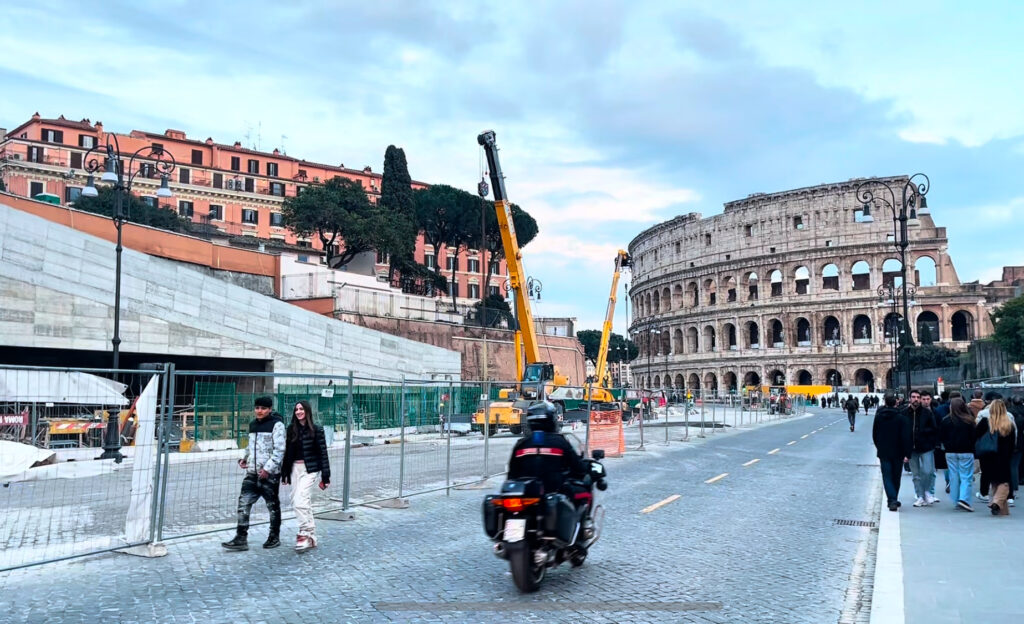
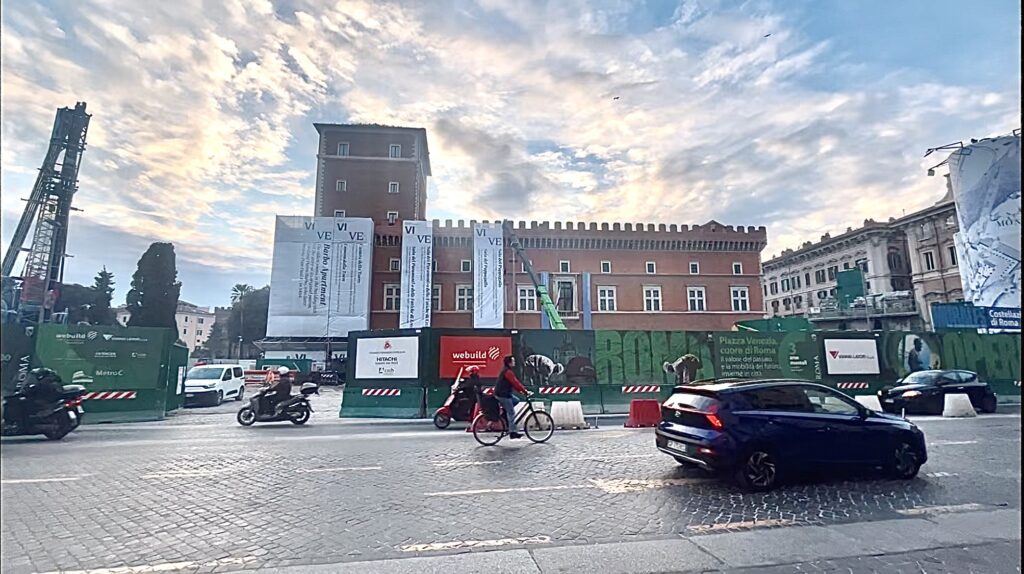
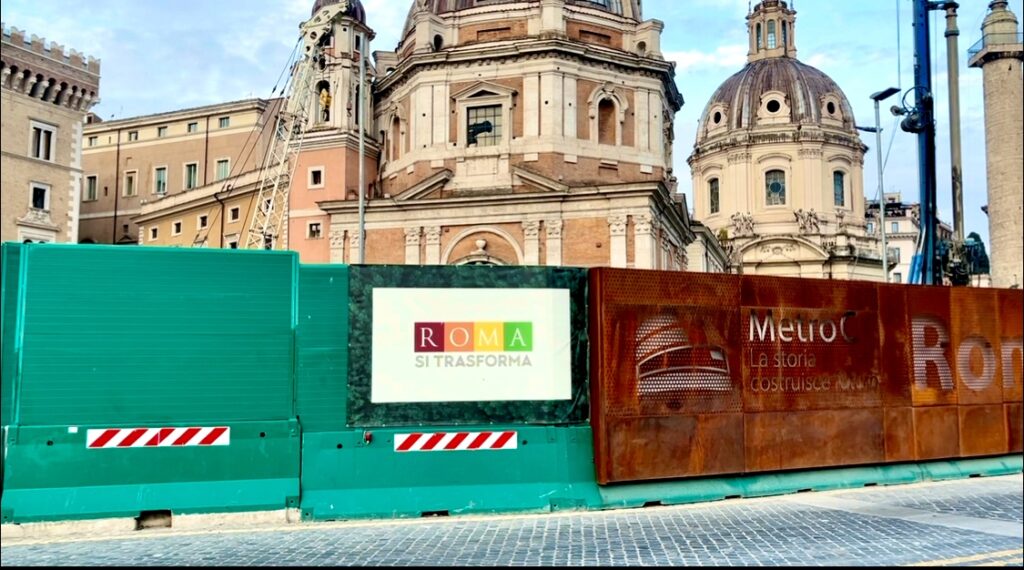
Metro C construction near the Colosseum (top), Piazza Venezia (middle) and Roman Form (bottom)
Study abroad is also living abroad and both Julia and Natasha feel like Rome has become a second home already. Natasha explains, “Even though it’s this big monumental city with all these living artefacts around us, it really does feel like home and it kind of feels like a small town that we know the ins and outs already, even though we’ve only been in Rome a few weeks, which is something I did not expect”. But what lessons can the Eternal City teach us about the modern world and the future of architecture and design? It’s the longevity of a location that evolves and builds upon the foundations of it’s history. Julia explains, “The amount of new construction we’ve seen, the amount of work that is going on to make the city better, [Rome’s] not just an ancient city that you’re going to get ruins everywhere.” The legacy of Rome is it’s enduring nature, in the simultaneous coexistence between the past, present, and future. Natasha remarks, “the fact that all of this is still standing and we’re able to experience it still, as compared to these brand new cities that, you don’t really know how long they’re going to last.”
Thank you, Natasha and Julia, for sharing your thoughts on your experience in Rome at the Pantheon Institute so far. We’re excited to see where the semester will take you next!
